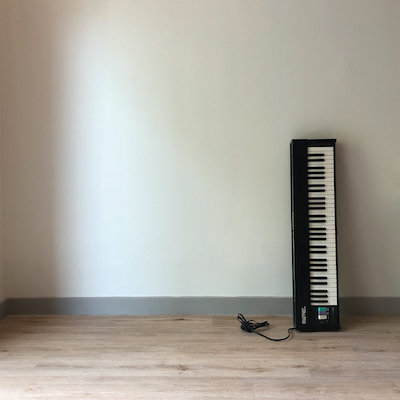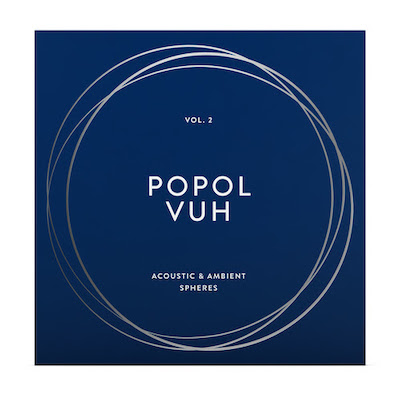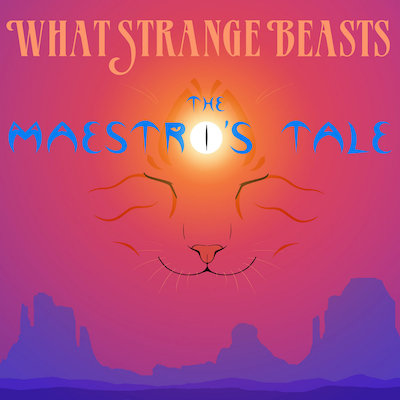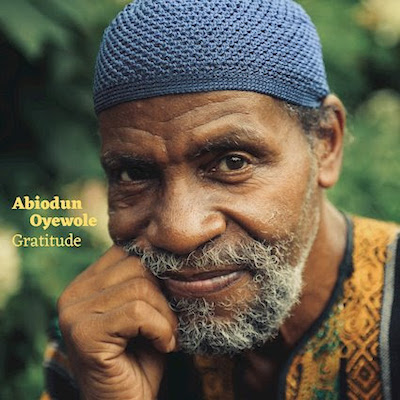Record Time: New & Notable Vinyl Releases (January 2022)
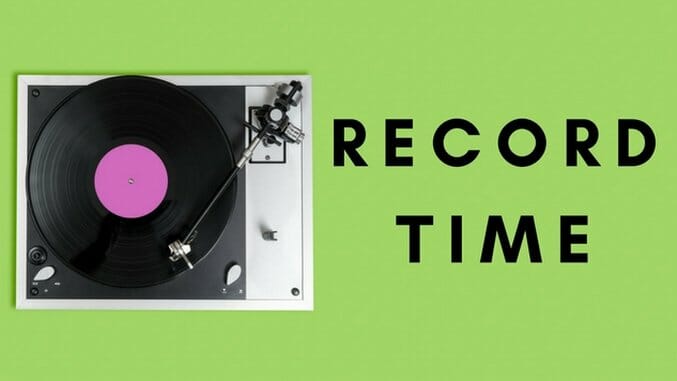
Record Time is Paste’s monthly column that takes a glimpse into the wide array of new vinyl releases currently flooding record stores around the world, and all the gear that is part of the ongoing surge in vinyl culture. Rather than run down every fresh bit of wax in the marketplace, we’ll home in on special editions, reissues and unusual titles that come across our desk with an interest in discussing both the music and how it is pressed and presented. This month, that includes a boxed set from some Krautrock legends, live reggae and an early contender for the best album of the year.
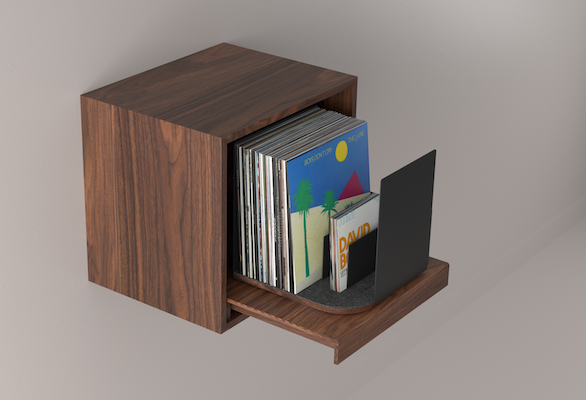
Toneoptic rpm
A topic of conversation that comes up from time to time among the vinyl collectors I know is how much we wish we could replicate the experience of flipping through a bin of LPs at our favorite record shop within our home library. Scanning the spines of my records on my IKEA shelves is not bad, but I do love drinking in the album art as I contemplate what to put on the turntable. Instead, I’d love to make use of an rpm, the vinyl storage solution that Fabian Geyrhalter dreamed up for his company Toneoptic. These elegant cubes hold a small selection of LPs (each one holds around 60 records) on a platform that pulls out like a drawer and then spins around so you can flip through them like you’re digging in a DJ crate or at a shop. These may not be an ideal fix for folks with a large library of wax as each rpm retails at around $4,000 — not to mention there are only a limited number of them available. You certainly get what you pay for those as these are all being handmade by a small woodworking team in L.A. and they weigh in at 50 lbs. Sturdy enough to handle even your heaviest LPs without collapsing in a heap.
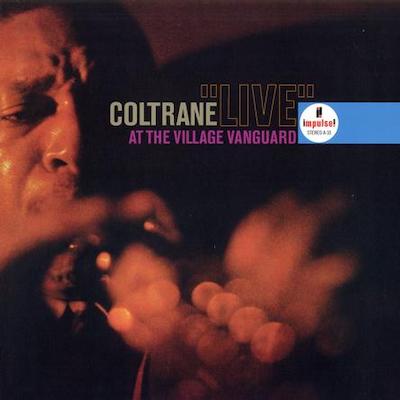
John Coltrane: ”Live” At The Village Vanguard / Crescent (Impulse/Acoustic Sounds)
The reissues of two classic John Coltrane albums released this month in new, sparkling vinyl editions by Acoustic Sounds are the blueprints for what would become the next major phases in the saxophonist’s evolution. On the horizon following this early ’60s period were the spiritual jazz of A Love Supreme and the explosive free jazz of Ascension. Elements of those progressions flow through these albums like a small stream that heralded a mighty river. The live album, released in 1962, was a particularly bold step forward for Coltrane. For his run of dates at the Village Vanguard, he brought in bass clarinetist Eric Dolphy, who, on the expansive “Spiritual,” added a splash of astringency to match the acid of Trane’s soprano sax within the song’s fuming broth. On 1964’s Crescent, Coltrane was pulling apart traditional jazz approaches to see what he could do away with and still make an impact. He doesn’t solo at all on the second side of the LP to make way for bassist Jimmy Garrison’s dazzling turn on “Lonnie’s Lament” and Elvin Jones’ fireworks display on “The Drum Thing.”

Various Artists: The D-Vine Spirituals Records Story Volume One & Two (Bible & Tire)
In the late ’60s, Memphis radio DJ and preacher Juan Shipp found himself frustrated with the sound of modern gospel music he was hearing and looked to improve upon it. With the help of Tempo Recording Studio engineer Clyde Leoppard, Shipp started D-Vine Spirituals, a label that cut a few dozen 45s in the ’70s featuring deeply felt pleas to Lord with enough groove and swagger to fill a juke joint dancefloor. The combination of elements was explosive as this two volume set of compilations bears out. The chicken grease guitar and full-throated vocals on the Angelic Five’s “I Got Jesus,” the Heavenly Stars’ “Take Me By the Hand” and the Joy of Memphis’ “I Feel Like Flying Away” are the equals of anything being cranked out by Stax or Muscle Shoals around that same era. What’s missing from this set is some background on the artists themselves. The liner notes present the story of the label’s founding and highlight the personalities behind it, but the folks singing and playing aren’t given the same treatment. Surely that omission was due to space and budgetary constraints but one spin through these albums left me hungry for more information and the b-sides to these singles.
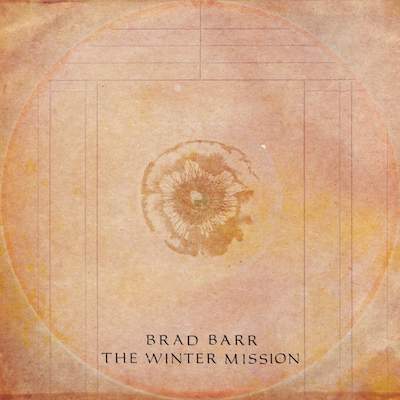
Brad Barr: The Winter Mission (Secret City)
Brad Barr wasn’t planning on making another solo album. But a generous benefactor so adored the guitarist’s 2008 release The Fall Apartment, that he paid for the sequel. No strings attached and no notes. All musicians should be so lucky because with a healthy budget and a surfeit of free time during the pandemic, Barr was able to craft another incredible collection of guitar instrumentals that finds the Canadian-born artist dabbling in a variety of styles and moods. He continues exploring West African guitar music on the whirling “Magic Square” and album opener “3, 4, 5… 6,” plays around in a Robbie Basho-like folk/jazz zone on “Prayer Beads” and “Ancient Calendars” and explores the grimier corners of the Delta blues on “Baseball.” Mark your scorecards now because this is a sleeper masterpiece that will most certainly be in the conversation for best albums of 2022.
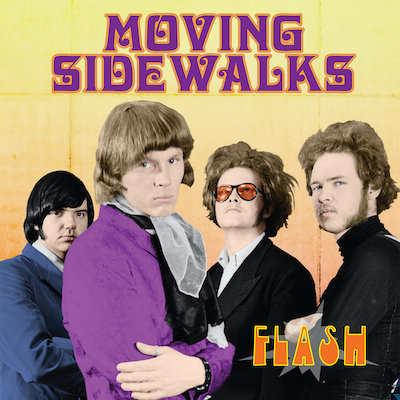
Moving Sidewalks: Flash (RockBeat)
In the years before he started ZZ Top, Billy Gibbons worked his way through a number of short-lived garage and psych bands. The one that made the biggest dent, at least within the Texas rock circuit, was his quartet Moving Sidewalks. Inspired by their buddies in the 13th Floor Elevators, the Sidewalks played zonked boogie rock taken to another plane by Gibbon’s wriggly guitar solos and lyrical visions of liquid clouds and bending walls. Even with the love given to them by Hendrix and The Doors, the group didn’t last long, managing a few singles and a lone full-length before two of its members were drafted. Though already included on a complete discography released in 2012, the Sidewalks’ LP Flash is now out on its own in a new vinyl pressing with much worse cover art but improved sound from the 1968 original — and the bonus of “99th Dream,” the group’s hip-shaking debut single.
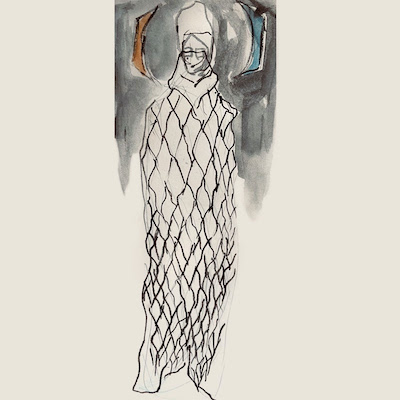
Josephine Foster: Godmother (Fire)
“Contemplate the light,” Josephine Foster sings over a swaying rhythm and colorful bursts of synth on “Gold Entwine,” one of the tracks on her new album Godmother. That light is really all anyone will be able to see listening to this brilliant collection. It beams from within Foster’s core — a beacon that pulls all within her sonic blast radius closer and closer to these delicately spun psych-folk compositions. It generates the warm glow that she and engineer Cooper Crain (Bitchin Bajas) evoke with each swell of their modular synths and the strange wonder of her vocals. It also burns bright enough for us to spend time unpacking her lyrics that combine spiritual chants, Rumi-like poetry and Foster’s gentle scratching at the scars left behind on her skin by decades of living and loving. She doesn’t rue those marks on her person. In fact, on songs like “Guardian Angel” and “The Sum of Us All,” she sounds accepting and appreciative of the moments that could leave such indelible blemishes and how they haven’t stopped her in her tracks. Or as she sings, “Our love grows ever though, no end in sight.”
-

-

-

-

-

-

-

-

-

-

-

-

-

-

-

-

-

-

-

-

-

-

-

-

-

-

-

-

-

-

-

-

-

-

-

-

-

-

-

-


